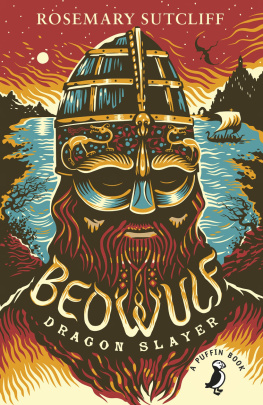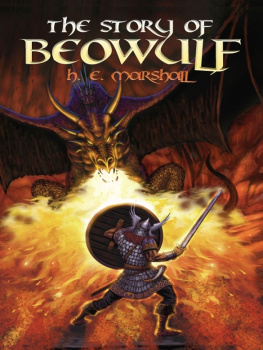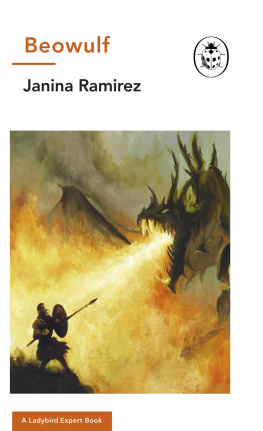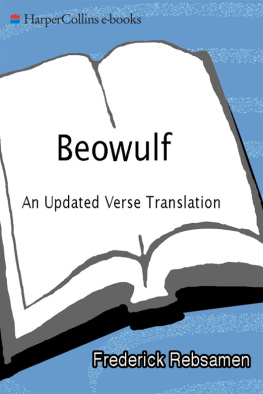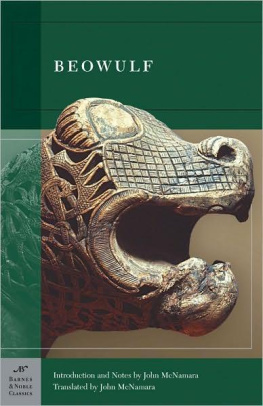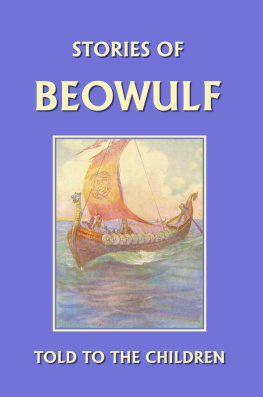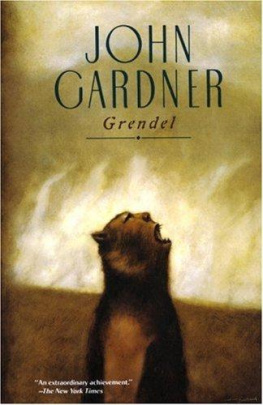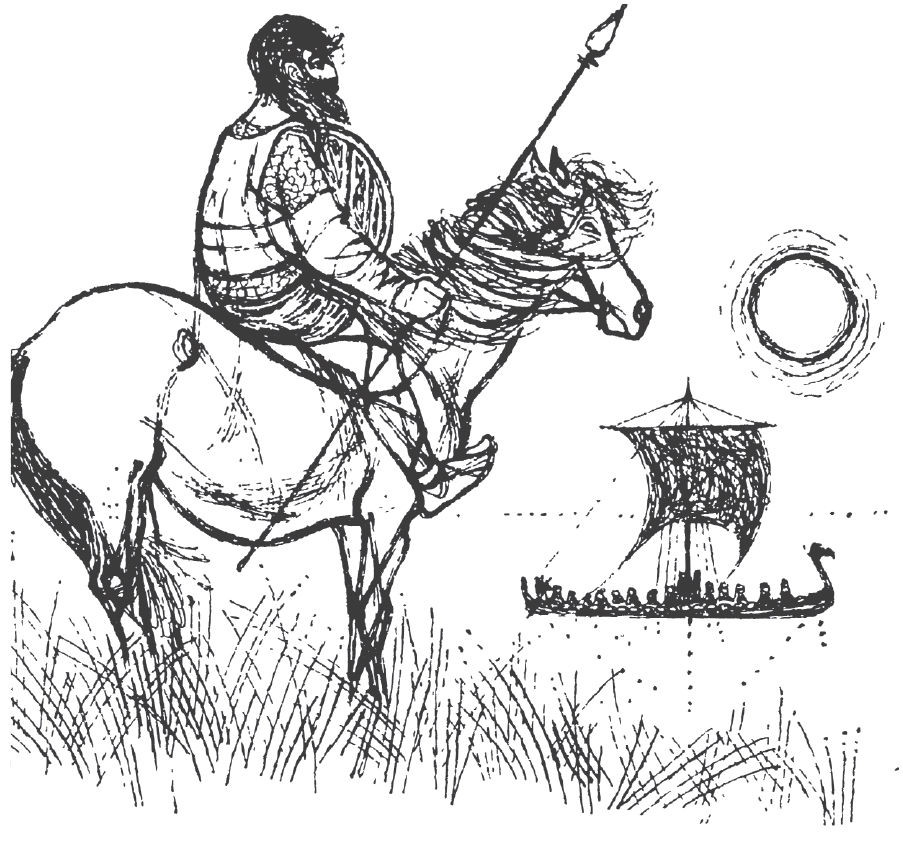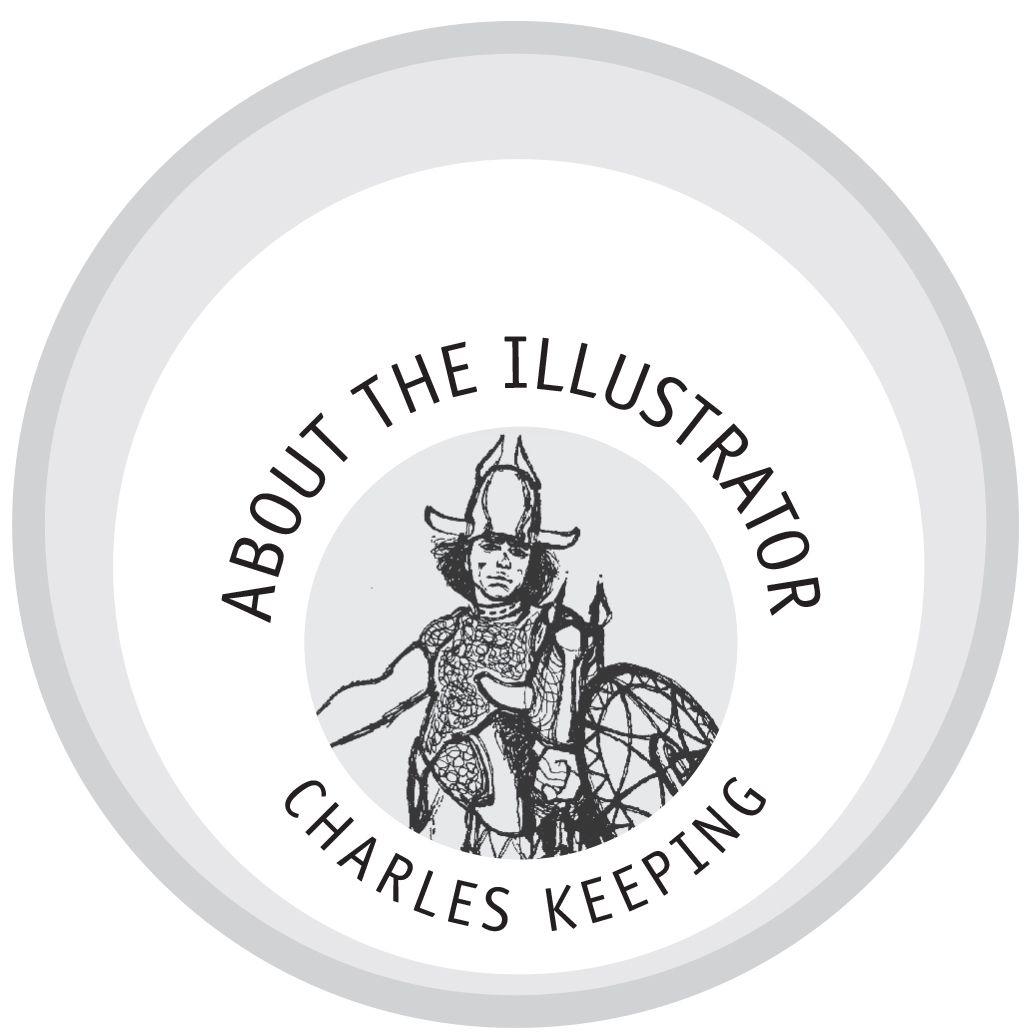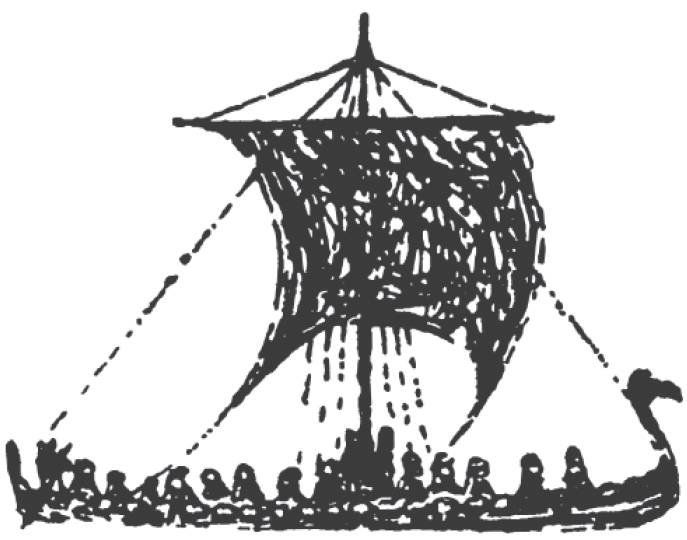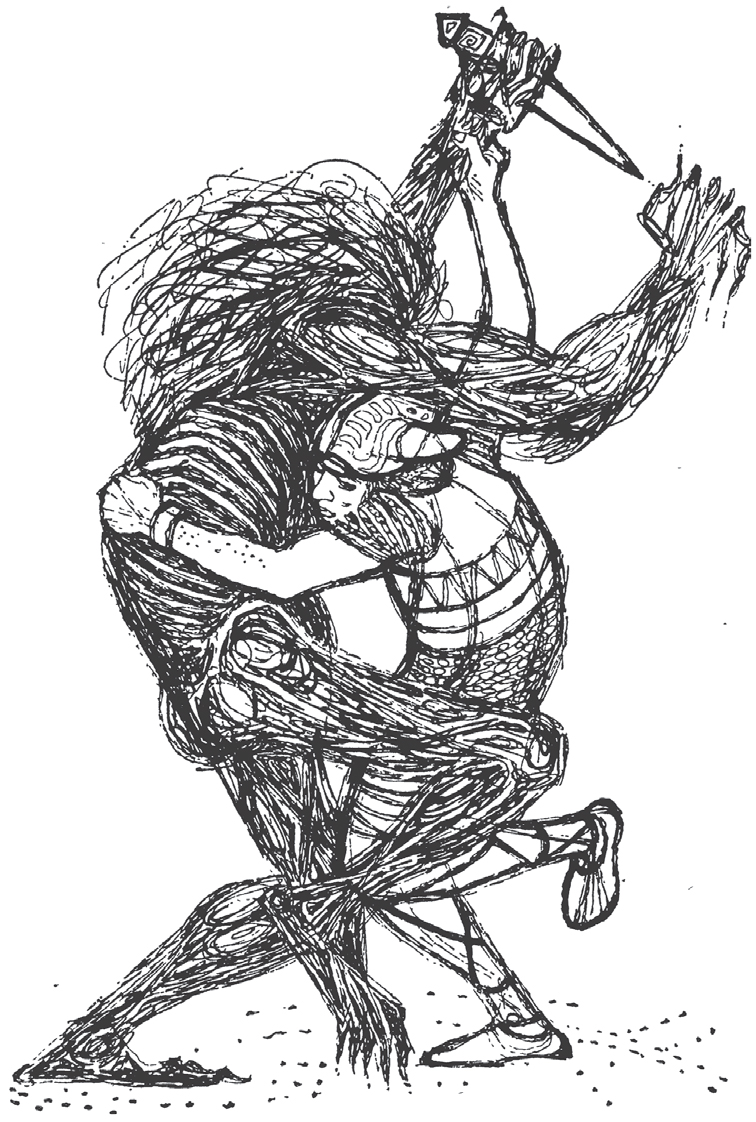Contents
About the Author
Rosemary Sutcliff was born in 1920 in West Clandon, Surrey. With more than fifty books to her credit, she is now universally considered one of the finest writers of historical novels for children. Her first novel, The Queen Elizabeth Story, was published in 1950. In 1959 her book The Lantern Bearers won the Carnegie Medal. In 1974 she was highly commended for the Hans Christian Andersen Award and in 1978 her book Song for a Dark Queen was commended for the Other Award. In 1975, Rosemary was awarded the OBE for services to Childrens Literature and the CBE in 1992. She passed away in July 1992 and is much missed by her many readers.
About the Book
In this thrilling re-telling of the Anglo-Saxon legend, Rosemary Sutcliff recounts Beowulfs most terrifying quests: against Grendel the man-wolf, against the hideous sea-hag and, most courageous of all his fight to the death with the monstrous fire-drake.
RHCP DIGITAL
UK | USA | Canada | Ireland | Australia
India | New Zealand | South Africa
RHCP Digital is part of the Penguin Random House group of companies whose addresses can be found at global.penguinrandomhouse.com.
www.penguin.co.uk
www.puffin.co.uk
www.ladybird.co.uk
First published in Great Britain by The Bodley Head, 1961
This ebook updated 2016
Text copyright Anthony Lawton, 1961
Illustrations by Charles Keeping
Illustrations copyright The Bodley Head, 1961
Cover illustration copyright Tom Duxbury, 2016
The moral right of the author and illustrator has been asserted
A CIP catalogue record for the print edition is available from the British Library
ISBN: 9781446404614
All correspondence to:
RHCP Digital
Penguin Random House Childrens
80 Strand, London WC2R 0RL

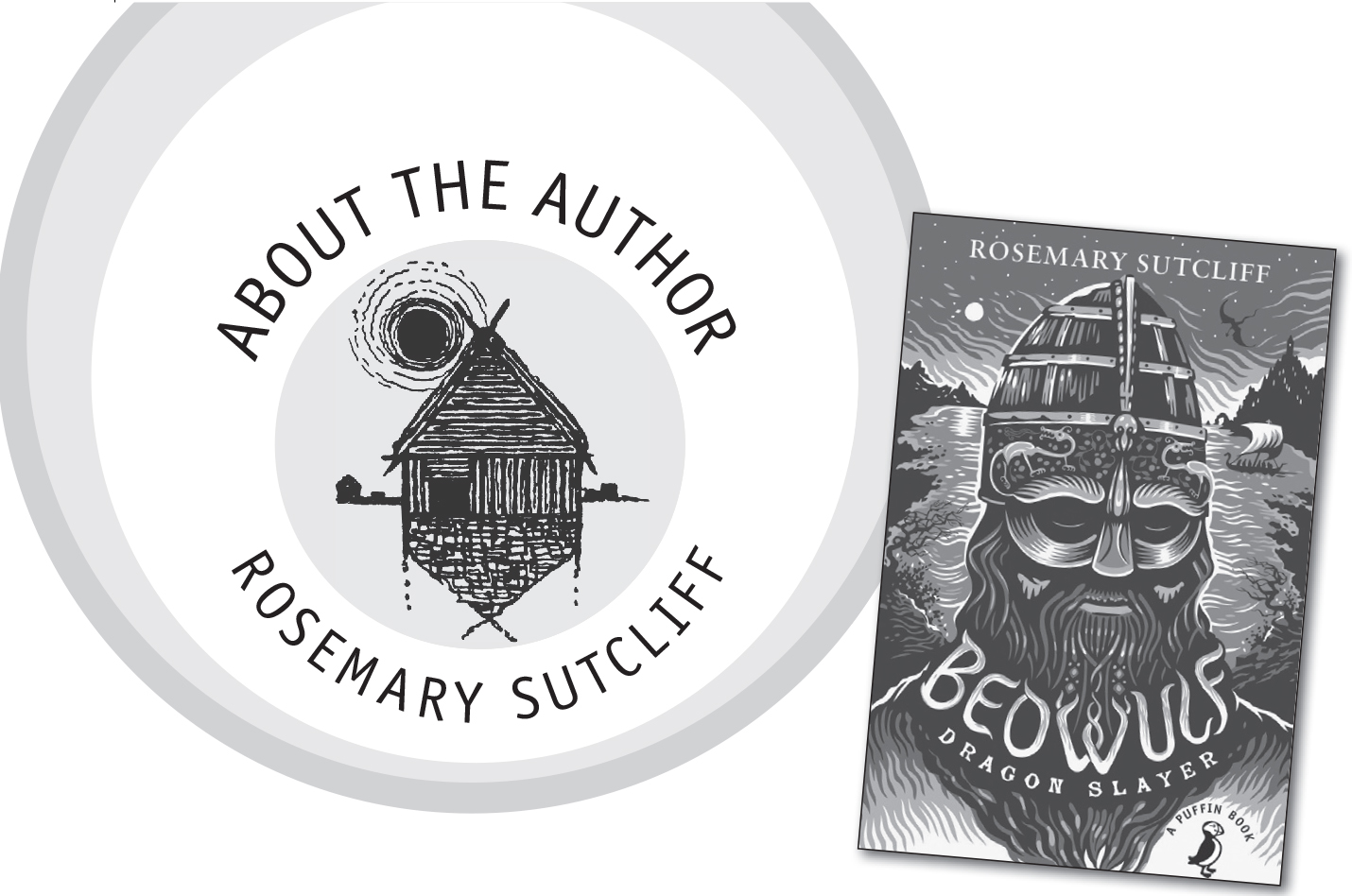
| 1920 | Born 14 December in Surrey |
| 1934 | Enrols at Bideford Art School in Devon and studies there for three years |
| 1946 | Begins to write retellings of Celtic and Saxon legends her mother told her as a child |
| 1950 | The Chronicles of Robin Hood and The Queen Elizabeth Story are published |
| 1954 | The Eagle of the Ninth is published |
| 1959 | Wins the Carnegie Medal for The Lantern Bearers |
| 1961 | Beowulf: Dragonslayer is published |
| 1963 | Sword at Sunset tops the adult fiction bestsellers list |
| 1969 | She is the UK childrens author nominee for the prestigious international The Hans Christian Andersen Award |
| 1971 | Chronicles of Robin Hood wins the Dutch Zilveren Pencil award |
| 1972 | Wins the Boston Globe-Horn Award for Tristan and Iseult |
| 1974 | She is the UK childrens author nominee for The Hans Christian Andersen Award again and receives highly commended |
| 1975 | Appointed OBE by the Queen for services to childrens literature |
| 1978 | Song for a Dark Queen wins the Other Award for radical womens fiction |
| 1981 | The Sword and the Circle is published |
| 1982 | Made a Fellow of the Royal Society of Literature |
| 1985 | The Mark of the Horse Lord wins the first ever Phoenix Award |
| 1990 | The Shining Company is published, later receiving the Phoenix Award in 2010 |
| 1992 | Promoted to CBE, dies 23 July in Chichester, West Sussex |
Interesting Facts
Rosemary Sutcliff is best known for her novel The Eagle of the Ninth, a historical novel about the Romans in Britain.
Rosemary suffered from juvenile arthritis, which led to many stays in hospital, and so she was educated at home by her mother who introduced her to Celtic and Saxon legends, as well as Icelandic sagas, fairy tales and the work of Rudyard Kipling.
In her lifetime, Rosemary wrote more than sixty childrens books, historical novels, stories, radio and TV scripts.
Charles Keeping was born in 1924 to a poor but close south-east London family. As a child he was encouraged to draw and write stories with his older sister, to keep them both off the streets and away from bad influences. He illustrated numerous books by Rosemary Sutcliff, classics for the Folio Society and many of his own titles. He won the Kate Greenaway Medal in 1967 and 1981. He died in 1988.
Where Did the Story Come From?
Rosemary had always had a fascination for ancient myths and stories. Not long after the end of the war, Rosemary wrote a retelling of Celtic and Saxon legends that she showed to an old friend. He sent the manuscript to Oxford University Press (OUP), but unfortunately they rejected it. However, in 1950 OUP gave Rosemary her first commission to write a childrens version of the Robin Hood legends, and after that Rosemary went on to become an established writer of historical fiction for both adults and children.
Guess Who?
A A small man with his hands on his knees, and his long-sighted seamans gaze coming and going about the smoky hall.
B The Man-Wolf, the Death-Shadow, who has his lair among the sea inlets and the coastal marshes.
C A young man, fair-headed and grey-eyed as most of his fellows were, but taller than they by half a head, and with strength that could outwrestle the great Northern bear showing in the quiet muscles of his neck and shoulders.
D The lines on his face were bitten deep as sword-cuts by years of grief, and the beard that jutted over the broad goldwork collar at his throat was grey as a badgers pelt.
E Her fangs sharp behind her snarling lips, and her eyes shone with balefire amid the tangle of her hair.
ANSWERS:
A) Hygelac
B) Grendel
C) Beowulf

